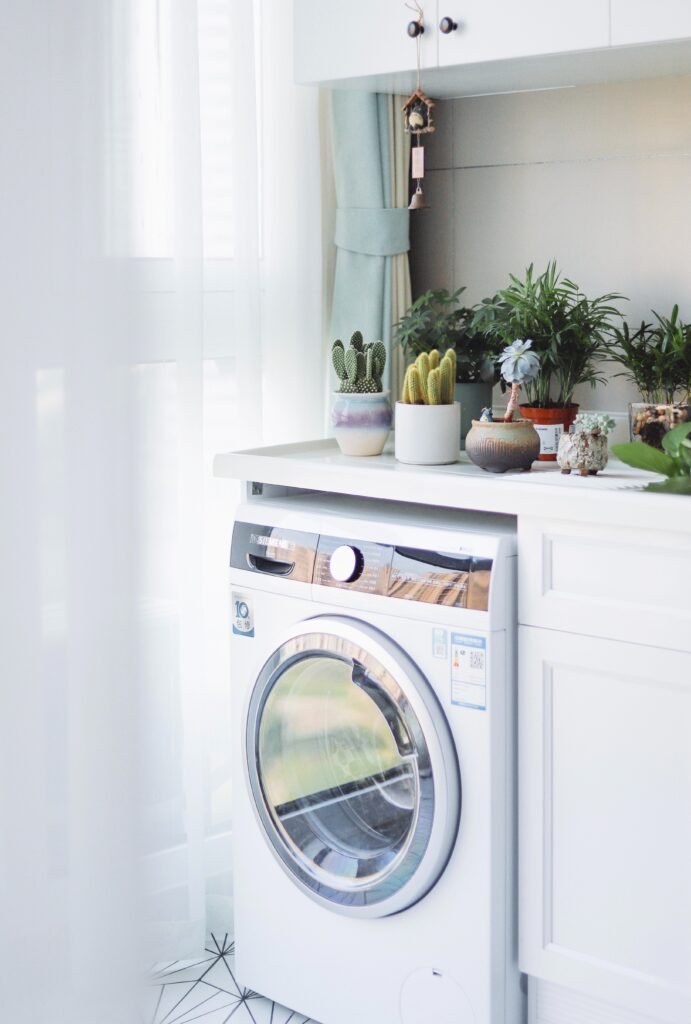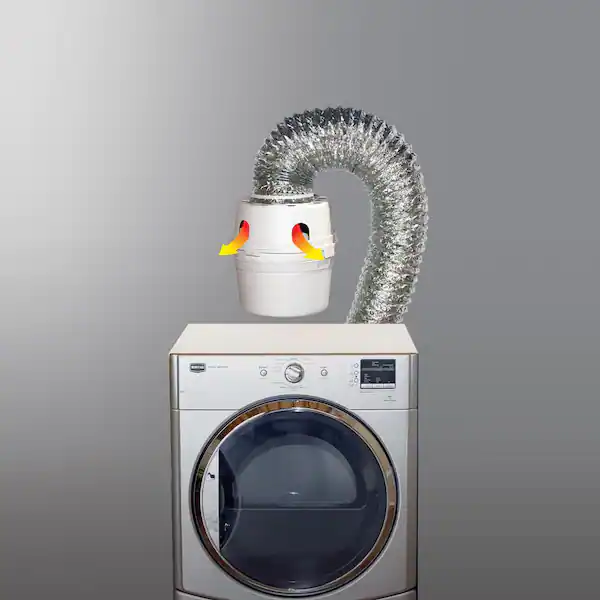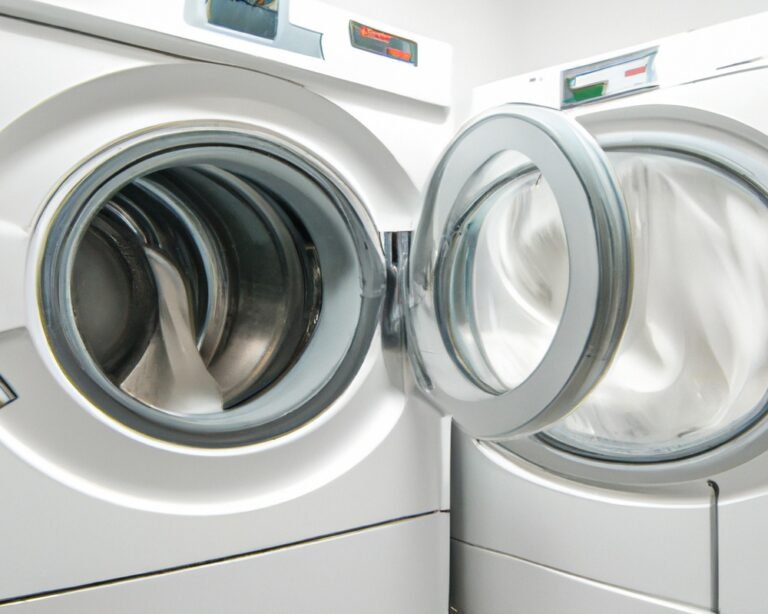Drying Clothes in a Dryer: The Ultimate Guide for Efficient and Quick Results
Drying clothes is an essential household task that can sometimes be time-consuming and energy-draining. In today’s fast-paced world, having an efficient and reliable method for drying clothes is crucial. One such method is using a dryer, a convenient appliance that saves both time and effort. In this article, we’ll explore the ins and outs of drying clothes in a dryer, from understanding the basics to optimizing the process for the best results.
Understanding the Basics of Clothes Dryers
How Do Clothes Dryers Work?
Clothes dryers use a combination of heat, airflow, and tumbling to remove moisture from wet clothes. When you put damp clothes into the dryer and select a drying cycle, the machine heats the air and circulates it through the drum, where the clothes are constantly tossed and turned. This action allows the evaporated moisture to be vented out of the machine, leaving your clothes dry and ready to wear.
Types of Clothes Dryers
There are two primary types of clothes dryers: vented dryers and condenser dryers. Vented dryers expel moist air through a vent, while condenser dryers collect moisture in a container that needs to be emptied. Choosing the right type depends on your space, budget, and preferences.
Role of Dryer Parts
A dryer parts working harmoniously to ensure efficient clothes drying. The heating element generates heat, the drum rotates for even drying, and the blower circulates hot air. The thermostat regulates temperature, the lint filter prevents buildup, and the exhaust vent releases moisture. Each part plays a vital role in achieving optimal drying results, necessitating proper maintenance for longevity and efficiency.

Drying Clothes: Preparing Clothes for the Dryer
Sorting and Separating Laundry
Before loading the dryer, it’s important to sort your laundry. Separate clothes based on fabric type, thickness, and color. This prevents items from drying unevenly and helps maintain the quality of your garments.
Checking Labels and Instructions
Always check the care labels on your clothes for specific drying instructions. Some fabrics are not suitable for high heat, so following these instructions ensures that your clothes remain in good condition.
Loading the Dryer Properly
Overloading vs. Proper Loading
While it might be tempting to put all your laundry into the dryer at once, overloading can lead to inefficient drying and increased wrinkling. Instead, load the dryer with a reasonable amount of clothes to allow for proper air circulation.
Tips for Even Drying
To ensure even drying, shake out clothes before placing them in the dryer. This prevents items from clumping together and helps them dry uniformly.
Choosing the Right Settings
Fabric-Specific Settings
Most dryers offer settings tailored to different fabric types. Utilize these settings to prevent damage to delicate fabrics and to ensure effective drying.
Energy-Efficient Options
If energy efficiency is a concern, use the sensor-dry feature available in many modern dryers. This feature automatically stops the dryer when clothes are dry, preventing unnecessary energy consumption.
Avoiding Common Mistakes
Leaving Pockets Unchecked
It’s easy to forget to empty pockets before tossing clothes into the dryer. Be sure to check all pockets to avoid potential damage to both your clothes and the dryer.
Removing Lint from the Filter
Before each load, clean the lint filter. A clogged filter can reduce airflow, prolonging the drying process and potentially causing the dryer to overheat.
Optimizing the Drying Process
Adding Dryer Balls for Efficiency
Dryer balls help improve airflow in the dryer, leading to faster and more efficient drying. They also help reduce wrinkles and static cling.
Monitoring and Adjusting Settings
Periodically check the progress of your drying cycle. If clothes are drying too slowly or too quickly, adjust the settings accordingly to achieve the desired results.
Taking Care of Delicate Items
Using Low Heat for Delicates
Delicate fabrics require gentle care. Use the low-heat setting to prevent potential damage while still effectively drying your delicate garments.
Utilizing Mesh Bags
For small and delicate items like lingerie and socks, consider using mesh bags. These bags protect your items from tangling and potentially getting damaged during the drying process.
Benefits of Using Dryers
Time-Saving Convenience
Using a dryer significantly reduces drying time compared to air drying. This is especially beneficial when you need clothes dried quickly.
Wrinkle Reduction
Dryers with wrinkle-reduction features help minimize creases and folds in your clothes, saving you time on ironing.
Energy Efficiency and Cost Savings
Tips for Saving Energy
To conserve energy and reduce your utility bills, run your dryer during off-peak hours and avoid overloading it, which can lead to longer drying times.
Impact on Utility Bills
While using a dryer may increase your energy consumption, modern dryers are designed with energy-saving features that help mitigate this impact on your utility bills.
Maintenance and Cleaning
Regular Lint Filter Cleaning
Cleaning the lint filter after each load not only improves drying efficiency but also reduces the risk of lint buildup, which can be a fire hazard.
Cleaning the Dryer Interior
Periodically clean the inside of your dryer to remove any accumulated lint or debris. This helps maintain proper airflow and prolongs the life of the appliance.
Alternatives to Dryer Usage
Line Drying vs. Dryer Drying
Line drying is a natural and energy-efficient alternative to using a dryer. It’s suitable for delicate items and can also help reduce your environmental footprint.
Weather-Dependent Considerations
While line drying is great, it’s weather-dependent. When rain or cold weather strikes, having a dryer as a backup is incredibly convenient.
Addressing Common Concerns
Can Dryers Damage Clothes?
When used correctly and with the appropriate settings, dryers won’t damage your clothes. Following care labels and using suitable settings is essential.
Shrinking and Stretching Myths
Contrary to popular belief, using a dryer does not inherently shrink or stretch clothes. Proper loading and settings selection play a more significant role in maintaining garment size.
Environmentally Friendly Practices
Using Eco-Friendly Dryer Sheets
Opt for eco-friendly dryer sheets to add a pleasant scent to your clothes without harming the environment.
Choosing Energy-Star Certified Appliances
When purchasing a new dryer, look for the Energy Star certification. These appliances are designed to be energy-efficient, reducing both your energy consumption and environmental impact.
Conclusion
Drying clothes in a dryer is a convenient and efficient way to achieve dry, wearable garments in a short amount of time. By understanding the basics of how dryers work, properly loading and caring for your clothes, and optimizing the drying process, you can make the most of this modern appliance while also considering energy efficiency and environmental impact.
FAQs (Frequently Asked Questions)
1. Can I put all types of fabrics in the dryer?
Yes, but it’s essential to check the care labels for specific drying instructions to prevent damage.
2. How often should I clean the lint filter?
Clean the lint filter after each load to maintain efficient drying and reduce fire hazards.
3. Do dryers consume a lot of energy?
While dryers do consume energy, modern models come with energy-saving features to mitigate consumption.
4. Can I use dryer sheets with every load?
Yes, but consider using eco-friendly dryer sheets to minimize environmental impact.
5. Are condenser dryers better than vented dryers?
The choice between condenser and vented dryers depends on your space and preferences. Both have their advantages.







